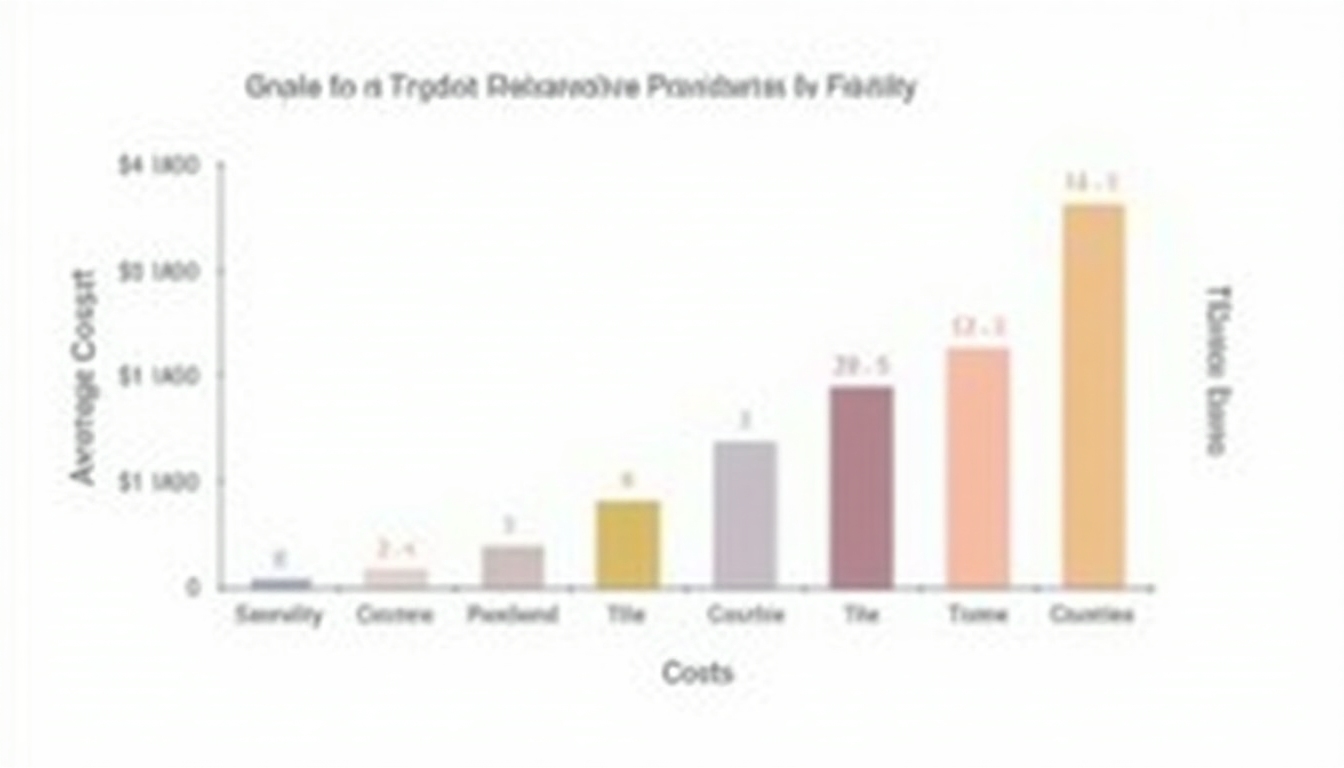Ethical Considerations in Fertility Preservation: A Comprehensive Guide
April 27, 2025, 5:21 p.m.
Fertility preservation offers hope to many facing infertility due to medical treatments or personal choices. However, it raises tough ethical questions. Who gets access? Should there be age limits? Could it be misused? These issues shape how we view this growing field.
What Is Fertility Preservation?
Fertility preservation lets people save their ability to have kids later. It’s a lifeline for those hit by infertility from treatments like chemotherapy, which can harm eggs or sperm. Others use it to delay parenthood for career or personal reasons. Techniques include freezing eggs, sperm, embryos, or even ovarian and testicular tissue.

Why People Choose It
Some face cancer and need to act fast before treatment starts. Others, like a young professional waiting for the right partner, see it as a backup plan. The reasons vary, but the goal is the same: keeping options open.
Ethical Considerations in Fertility Preservation: Access
Access is a big concern. Fertility preservation isn’t cheap. In the U.S., egg freezing costs about $10,000 per cycle, plus storage fees, according to the American Society for Reproductive Medicine. Insurance rarely covers it, so only those with money can afford it. Is that fair?
In places like France, the government pays for it if it’s for medical reasons. But in the U.S., it’s often out-of-pocket. Some groups push for change, offering grants or discounts. Still, many miss out.

Fertility Preservation and Age
Age sparks debate too. Should a 50-year-old freeze her eggs? Success rates drop after 40, says the American Society for Reproductive Medicine. Older parents might face health risks or pass away sooner, leaving kids behind. Where’s the line?
There’s no strict age cap, but doctors must warn about risks. A woman in her 50s might still try, but should she? It’s a personal call with big ethical weight.

Risk of Misuse
What if someone uses it for non-medical reasons? Think selecting embryos for traits like eye color or height. Preimplantation genetic diagnosis (PGD) can screen for diseases, but it’s also been used for sex selection. That’s where fears of eugenics creep in.
The National Institutes of Health notes PGD’s benefits, like avoiding genetic disorders. But it’s a slippery slope. Should we control human life this way?
A Real-Life Dilemma
Meet Sarah, 30, just diagnosed with breast cancer. Chemo could ruin her fertility. She’s got weeks to decide: spend thousands to freeze her eggs or focus on treatment. She wonders, ‘What if I survive but can’t have kids?’ Her story shows how tough these choices are.

Emotional Side
This isn’t just medical—it’s emotional. Sarah’s scared about costs, success rates, and what her future holds. Support groups help. Talking to others who’ve been there can ease the load.
Doctors play a role too. They need to explain odds, risks, and options clearly. The University of California, San Francisco stresses honest talks to guide patients like Sarah.
How It Started
Fertility preservation isn’t new. The first frozen-embryo baby was born in 1983. Back then, it was mostly for cancer patients. Now, people freeze eggs or sperm to wait for the ‘right time.’ That shift fuels ethical talks.

Techniques Explained
Here’s how it works:
- Egg Freezing: Stimulate ovaries, retrieve eggs, freeze them.
- Embryo Freezing: Fertilize eggs first, then freeze.
- Sperm Freezing: Simple and quick for men.
- Tissue Freezing: Experimental, for kids or pre-treatment patients.
Each has pros and cons. Embryo freezing needs a partner or donor. Tissue freezing is still being perfected. Patients need the full picture.
Rules and Oversight
Some countries, like the UK, have strict laws. The Human Fertilisation and Embryology Authority (HFEA) sets limits and standards. In the U.S., it’s looser, leaving more to clinics and patients.

Wrapping Up
Fertility preservation gives hope to those facing infertility. But it’s not simple. Access, age, and misuse need sorting out. Open talks—among doctors, lawmakers, and us—keep it fair and safe.
As tech grows, so do the questions. We must balance freedom with responsibility, ensuring this tool helps without harming. It’s about dignity and fairness for all.